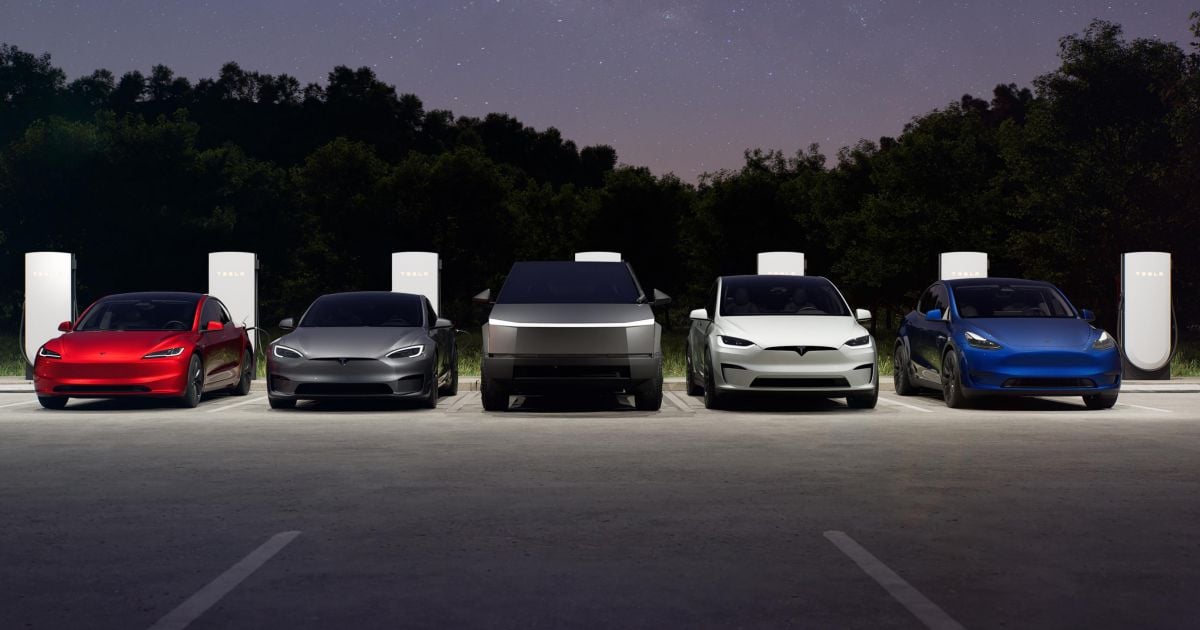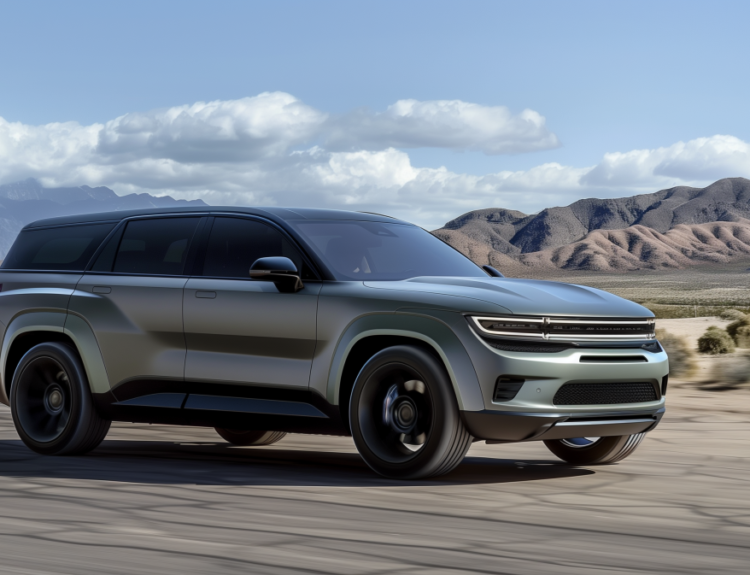Tesla Faces First Sales Decline Amidst Strong Competition from BYD
In a notable turn of events, Tesla, the preeminent player in the U.S. electric vehicle (EV) market, has reported its first annual decline in sales. However, the anticipated rise of its Chinese competitor, BYD, has not translated into a victory on the sales front.
Throughout 2024, Tesla delivered a total of 1,789,226 vehicles worldwide, marking a 1.1% decrease from its record-setting achievement of 1,808,581 units in 2023. This latest figure still represents a substantial increase compared to the 1,313,851 deliveries recorded in 2022, a year that saw Tesla’s sales swell by an impressive 39%.
The downturn in sales could have been steeper if not for Tesla’s strong fourth-quarter performance, which saw the company deliver a record 495,570 electric vehicles—a new high that surpasses the 484,507 deliveries recorded in the final quarter of the previous year.
Here’s a breakdown of Tesla’s quarterly deliveries:
| Quarter | 2023 Deliveries | 2024 Deliveries | Year-on-Year Change |
|---|---|---|---|
| Q1 (Jan-Mar) | 422,875 | 386,810 | -8.5% |
| Q2 (Apr-Jun) | 466,140 | 443,956 | -4.8% |
| Q3 (Jul-Sep) | 435,059 | 462,890 | +6.0% |
| Q4 (Oct-Dec) | 484,507 | 495,570 | +2.2% |
| Total | 1,808,581 | 1,789,226 | -1.1% |
Thanks to its robust final quarter, Tesla staved off BYD in the battle for global EV supremacy, with BYD delivering 1,764,992 battery-only passenger vehicles during the year—just 24,234 fewer than Tesla. When considering its broader lineup, BYD’s total new energy vehicle deliveries, which encompass both EVs and plug-in hybrids, reached 4,272,145.
Tesla’s pivotal models, the Model Y SUV and Model 3 sedan, remain the core of its sales strategy, collectively accounting for 1,704,093 deliveries in 2024—an impressive 95.2% of overall sales.
In Australia, however, Tesla’s annual figures are expected to reveal even more challenging trends. With only the Model Y and Model 3 available in that market, Tesla has seen a decline in sales for nine of the eleven months leading up to November, with total deliveries standing at 34,754—a staggering 20.9% fall from the previous year. This downward trend reflects a broader slowdown in EV sales growth in Australia, even as sales of hybrids and plug-in hybrids have surged.
The anticipated enhancements to the Model 3 and the upcoming "Juniper" update for the Model Y, rumored to launch in 2025, were expected to rejuvenate sales. However, significant price cuts enacted across both models earlier this year have yet to bolster demand, as supply continues to outstrip buyer interest.
In the context of financial markets, Tesla’s share price surged to unprecedented heights in December 2024, buoyed by political developments, including the election of Donald Trump as the next U.S. President. Notably, Elon Musk openly supported Trump during the electoral campaign, despite the President-elect’s critical stance on EV sales mandates.
Reports indicate that the federal tax credit for EVs, which can reach up to $7,500, may face elimination in early 2025. While some industry observers view this development as a potential hurdle for Tesla, Musk has signaled that the change could disproportionately affect competitors reliant on pricing advantages to challenge Tesla’s market leadership.
Additionally, Trump is reportedly seeking ways to expedite the legalization of fully autonomous vehicles on American roads. Tesla has been at the forefront of autonomous driving innovation, offering features like ‘Autopilot’ and ‘Full Self-Driving’ in its current models and gearing up for the launch of its driverless Cybercab.
As the market landscape continues to evolve, Tesla remains vigilant, striving to maintain its leadership position amid intensifying competition.
Source:www.carexpert.com.au






